Yates Account
Join now
Create a Yates account today!
Sign up to join the Yates Garden Club for monthly e-mails packed with seasonal inspiration, tips for success & exclusive promotions.
Plus if you’re a Garden Club member you can take part in the Yates Growing Community - a blog to share successes, get advice & win prizes in fun challenges along the way!

Forgot password
Enter the email address associated with your account, and we'll email you a new password.

A favourite with foodies, florence fennel is prized for more than its attractive feathery foliage. Grown for its bulb-like thickened stems, this distinctive, aniseed tasting vegetable adds a fresh, crisp element to many cuisines. Used for flavouring soups and stews, fennel is also delicious tossed in salads, pasta and is extremely good with fish. Other varieties available include sweet fennel and bronze fennel .
How to grow fennel in a garden
- Choose a sunny spot in your garden where the soil drains freely. Enrich with compost & Yates Thrive Natural Blood & Bone with Seaweed.
- Sow seed directly into soil – 50 cm apart in rows 50 cm apart. Cover lightly with Yates Black Magic Seed Raising Mix and water well.
- Water regularly. Once seedlings emerge, feed weekly with Yates Thrive Natural Fish Seaweed+ Plant Food Concentrate.
- As plants grow and the bulb begins to appear to be swelling, hill the soil around the base of the plant to exclude light.
- Once bulbs are an edible size, generally at least the size of a flat tennis ball, carefully dig out of the soil or cut off at the base. If harvesting from a row, take care to limit disturbance to roots if there are other plants still growing. Leaves can also be cut to use as an herb.
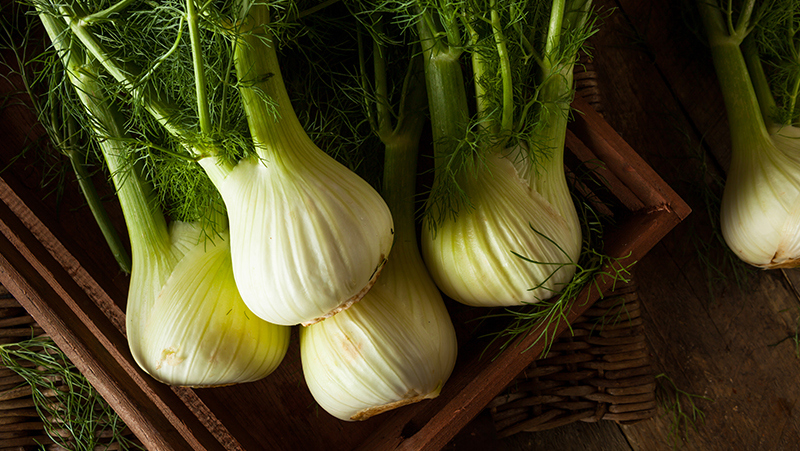
How to grow fennel in a pot
Not recommended because a 300 mm pot would only accommodate one plant.
For challenged growers -
- Choose a pot at least 300 mm wide and deep and position in a sunny spot. Fill with quality potting mix, such as Yates Premium Potting Mix.
- Sow seed direct, planting 2 - 3 seeds in the middle of the pot. Cover lightly with Yates Black Magic Seed Raising Mix and water well. Alternatively, plant one seedling in the middle of the pot.
- Water regularly. Once seedlings emerge, thin to the strongest plant and feed weekly with Yates Thrive Natural Fish Seaweed+ Plant Food Concentrate.
- As plant grows and the bulb begins to appear to be swelling, mound up soil around the base of the plant to stimulate a larger harvest.
- Once bulb is an edible size, generally at least the size of a flat tennis ball, carefully dig out of the soil or cut off at the base. Leaves can also be snipped to use as an herb.
Growing tips
- pH range of 6 - 7 is ideal
- If soil is too acidic, apply lime or dolomite prior to sowing
- Don’t water excessively
More Plants
They may make you cry, but onions are worth the tears! They can impart such a sweet or savoury flavour to your dishes, depending on how they’re used.
Shallots
Shallots can be grown from seed or 'sets' (small dried bulbs). They're a versatile ingredient that adds real depth and complexity to your dishes. The subtle flavour profile is great for soup, stews, salad, stir fries and sauces.
Lettuce
The perfect salad leaf or sandwich filler! Here's how to easily grow lettuce in your garden or in pots.
Melons
Watermelons, rockmelons and honeydew – the quintessential summer fruit trio! They’re oh-so-sweet, juicy and delicious when eaten straight from the fridge
Recommended products
Yates Thrive Natural Blood & Bone with Seaweed
A certified organic garden input boosted with NZ Seaweed to gently nourish plants, enrich the soil and encourage a strong healthy root system.
Yates Black Magic Seed Raising Mix
Specially formulated for trouble-free seed raising in trays (or outdoor seed sowing direclty into the ground) and propagation of cuttings.
Yates Thrive Natural Fish & Seaweed+ Plant Food Concentrate
A complete plant food enriched with natural fish, seaweed, humates, molasses and more - boosted with NPK to improve plant and soil vitality.
Yates Premium Potting Mix
A premium potting mix, ideal for all potted plants and shrubs, including ornamentals, fruit trees, vegies and herbs.









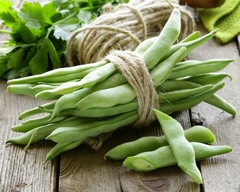
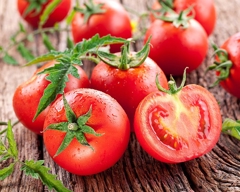
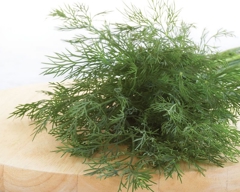
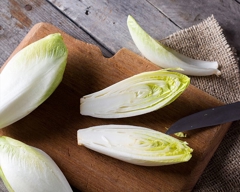








Share
Share this article on social media